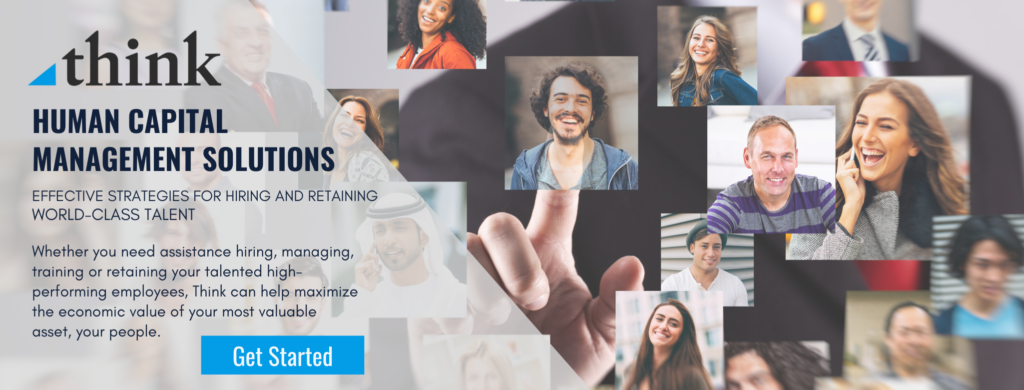The Evolving Role of HCM and the Future of Work

As we continue a deeper dive into the topic of human capital management (HCM), an overall look at where we’ve come from and where we’re going is in order.
We’ve defined HCM in previous posts, but it’s important to understand that HCM is more than just a 21st-century name for human resources. While many of the functions are the same, from recruiting to payroll to compensation to performance-tracking, HCM views those processes through a different lens. While HR functions have often been seen as perhaps a necessary evil, or simply the cost of doing business, HCM views those functions as opportunities to further an organization’s mission and goals, and ultimately its value.
The shift to a true HCM strategy must begin at the top, of course, with leadership buy-in that stops viewing personnel as overhead and instead sees opportunities to build business value. In other words, “that’s the way we’ve always done it” won’t work. That can be a difficult leap, so let’s take a brief look at the differences between the old way and the new, and the value in moving to an HCM mindset, across several core functions:
Recruiting and hiring
The shift in mindset here is one that moves from filling empty seats to a strategic acquisition of talent. Before a knee-jerk hire to replace a departing employee, an organization might consider whether a different job description and skill set would be more aligned with company goals. Then the focus can shift to identifying and attracting top-notch talent to fill that newly defined role.
Another hallmark of HCM is the use of a data-driven approach to recruitment processes. This can automate many of the repetitive processes of recruitment and ultimately produce a better pool of candidates.
Onboarding and training
Technology plays a major role in the move from a traditional HR stance to an HCM strategy in bringing new employees on board, and in upskilling existing team members. One-size-fits-all training programs become personalized learning experiences, and the organizational focus shifts from checking the boxes of a given training regimen to a goal of continuous learning and development. There is a virtually limitless number of technology-based platforms and tools to facilitate flexible and accessible training opportunities.
Performance management
Every employee and manager is familiar with the annual or semi-annual performance review, the ultimate box-checking exercise. HCM looks instead towards continuous feedback and coaching, with regular two-way communication and goal setting to drive employee productivity and growth. Further, HCM takes a step back and looks carefully at those individual goals. Do they really align with organizational aims? If not, where are the disconnects and how should the individual goals be adjusted?
Compensation and benefits
We’ve always known that different employees are motivated by different things. While compensation might be the top concern for some, others might be more engaged by a hybrid work arrangement or a more flexible schedule that allows them to spend more time with family.
As with the training programs noted above, HCM looks to personalize compensation in place of a one-size-fits-all approach. Variable pay structures might be tied to both individual and team performance.
Data analytics play a role here as well, in ensuring that both compensation and benefits are aligned with the larger marketplace to attract and retain top talent.
Employee engagement and retention
Employee engagement has been a critical issue for employers since the Great Resignation began in November of 2021. A variety of current studies show that anywhere from 25 to 50 percent of current employees expect to leave their jobs within a year, an undeniable crisis for employers.
HCM shifts the employee engagement focus from reactive to proactive, with a focus on creating (or maintaining) a positive work culture that values input from team members, provides opportunities for advancement, and fosters a sense of belonging. Specific steps taken here might include flexible work arrangements as noted above, or employee recognition programs.
Common threads in the shift from a traditional HR mindset to an HCM approach are proactivity and the increased use of technology to build a better workplace, and in turn to increase engagement, productivity and business value. While every organization says it values its employees, HCM walks that walk in every personnel-related function.
